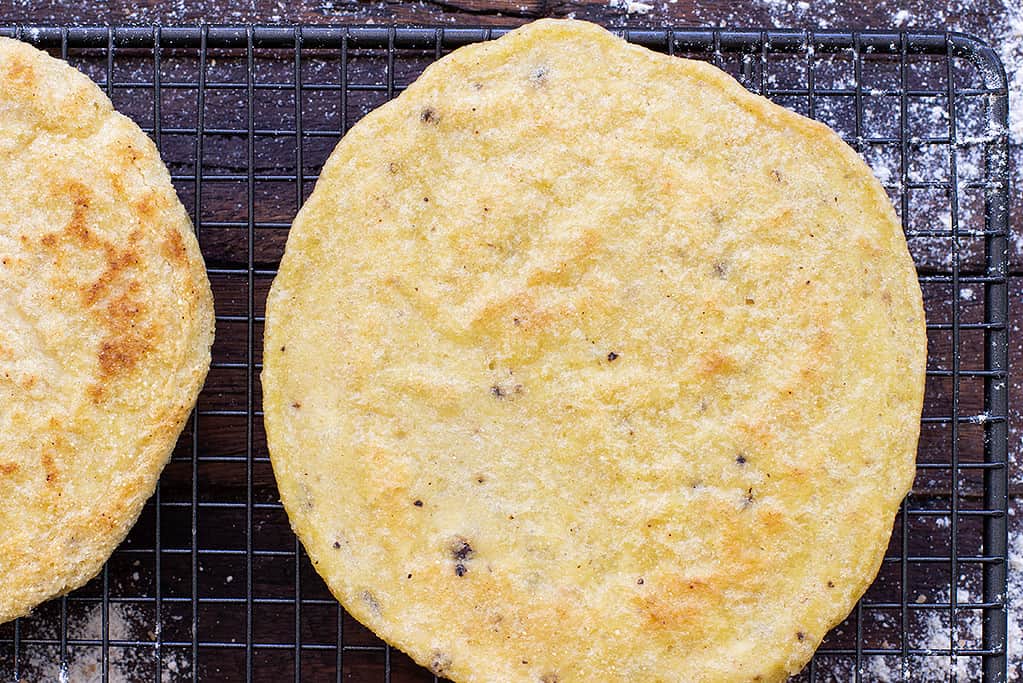
quick & easy gluten free recipe for millet flatbread
I’ve been experimenting with this recipe for Millet Flatbread in my own kitchen for some time now, alongside recommending versions of it to clients. With The JCN Clinic filling a niche area in chronic gut health issues, we tend to have a large proportion of clients who require specific dietary protocols relying on alternative grains and pseudo-grains. The most commonly used are buckwheat and millet, with teff also becoming more frequent as the grain and flour becomes a little more easier to find.
Many of our JCN dietary protocols use everyday alternative recipes like the buckwheat crepe, gut friendly bread or SIBO bread. Most of these recipes rely on a base of buckwheat, which is fine, however if you know us well at JCN, we encourage diversity within your diet. Diversity of diet creates a diversity within our microbiomes. After all, the more variety of fuel, the more far reaching is the touch on the abundance of microbes within our gut.
Therefore, alternating the use of grains from buckwheat to millet to teff, to brown rice, wild rice, red rice and beyond is something we encourage wholeheartedly within the realms of the dietary intake that suits you.
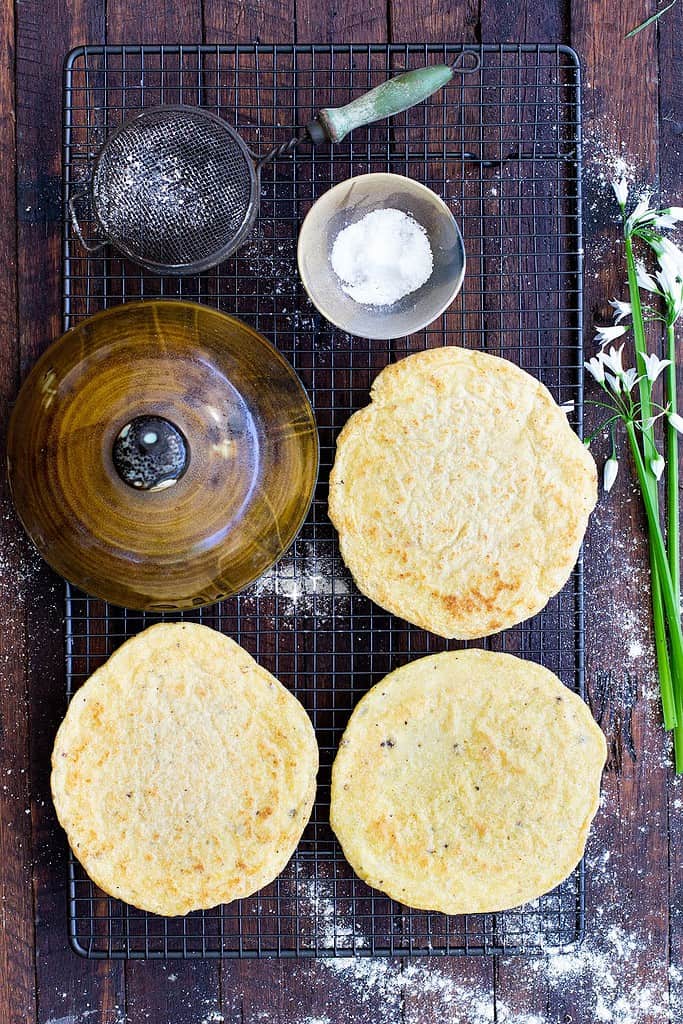
reducing oxalates in your diet
Sometimes due to bacterial overgrowth of commensal bacteria within the gut (confirmed through functional testing) we need to lower oxalate consumption in our clients diets. It goes without saying we do this with caution and ensure we are not stripping the diet nutritionally. Our rule of thumb is, for everything you take away always add a replacement! It should also be noted that lowering oxalates is exactly that, lowering – not avoiding completely.
Some common foods high in oxalates (though not exclusive) include sweet potato, beetroot, cacao (boooooo!), spinach, silverbeet, kale and buckwheat. All of these foods are wonderful nutritional foods with their own wholefood benefits, however with a high oxalate presentation we aim to take our foot off the accelerator with their frequency of intake. Hence, looking for recipes that use alternative pseudo- grains to buckwheat is high useful.
When it comes to practically purposes in the kitchen, just swapping buckwheat for millet doesn’t work that well. Buckwheat is profoundly glutinous in its own right (though I use this word implying its ability to stick – not to imply it has gluten in it). Millet flour on the other hand lacks that ability to hold together in that gelatinous way, meaning the end result can be a crepe, bread or other baked item that frustratingly falls apart. As a result, this ends up in some pretty interesting ‘pancakes’ landing in my inbox from clients that still ‘taste good’ but visually have us both in a laughing fit.
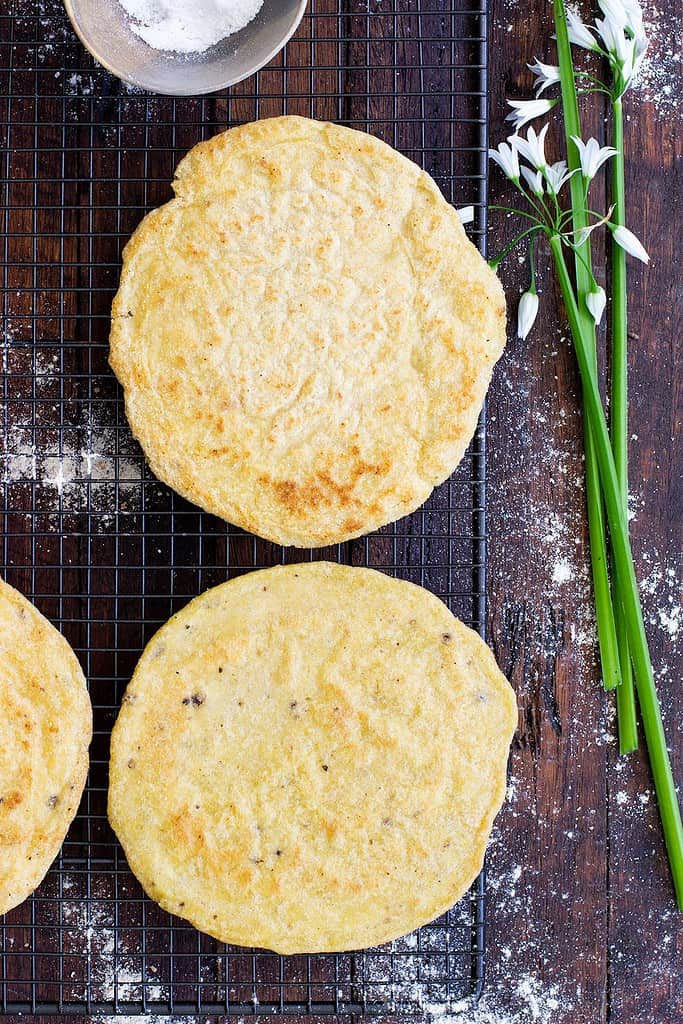
how to cook with millet flour
Millet flour in cooking, and more so baking requires a helping hand. Because of this lack of gelatinous activity it needs to be combined with other flours or ingredients that will essentially create the glue that holds the millet flour together. Flours like potato flour, tapioca flour and cornflour will help to a point though may still result in quite a dense finish. I have found through trial and error that the best aids are psyllium husks and even better, slippery elm.
The viscous nature of both psyllium and slippery elm helps pull water into the batter and create hold. The added benefits of slippery elm are its mucilaginous activities meaning it creates a gooey stickiness that works perfectly for the lack of sticking power of millet flour.
To lighten the batter further adding a little fat always helps. Here I have used extra virgin olive oil but you could play around with any fat options. Often we have left over bacon fat on Saturdays after BLAT night on Fridays, which we use to cook up left over sourdough culture as fatty pancake to feed to the chickens. Using left over pan fat from meats would make a sublime addition to these millet flatbreads!
Like what you’re seeing? Subscribe for new recipes and nutrition tips every week!
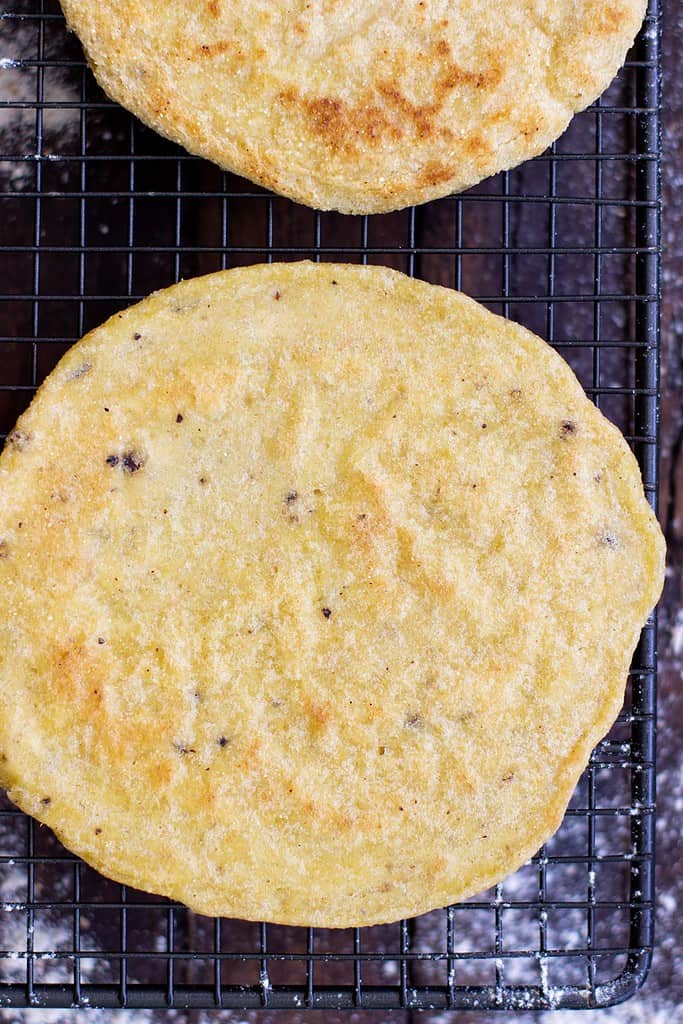
how to flavour millet flatbreads
You can flavour these millet flatbreads in all sorts of ways. I wanted to give you a base recipe as always, but as I am sure you can imagine, there are all sorts of add-ins to create a variety of flavour options. Here are some of my suggestions:
- Stir 1 tbsp of pesto through the batter
- Add 1/2 tsp powdered turmeric and a pinch of cayenne pepper to the batter
- Add 1 tbsp of nutritional yeast to the batter
- Add freshly chopped herbs to the batter
- Add a heaped teaspoon of seeded mustard to the batter
- Want to make it sweet? Omit the s&p and add 1/2 tsp of cinnamon and 1 tsp vanilla extract.
As usual, these options are just the start of multiple ideas. I also encourage you to play with a variety of infused oils. I do tend to favour using onion and garlic infused oils in my millet flat breads as I love serving mine topped with scrambled eggs and pesto – the flavour of these oils suits perfectly.
So folks, dive on in to these millet flatbreads and let me know how you go below! If you make them and share them on socials, make sure you tag me too so I can see your creations. xo
Need personalised nutrition advice catered to your needs?
If you are after personalised nutrition advice and dietary planning individualised to your health and dietary needs then contact us at The JCN Clinic with your enquiry. We are always happy to answer any questions you have!
millet flatbread recipe
- serves
- 1
- preparation time
- 2 min
- cooking time
- 5 min
ingredients
- 3 tablespoons millet flour
- 1 teaspoon slippery elm (from health food stores)
- 1/8th teaspoon bicarb soda
- generous pinch salt
- generous pinch pepper
- 1 teaspoon extra virgin olive oil (or any infused oils)
- 1/4 teaspoon apple cider vinegar
- 4 tablespoons water
method
This recipe is a simple base that you can add extra flavours to as noted above in the blog post. Double, triple or quadruple the recipe for batch cooking.
For low histamine and low salicylate versions, leave out apple cider vinegar and change extra virgin olive oil to appropriate oil for you.
Pre-heat a heavy based fry pan to a medium heat.
In a small bowl combine millet flour, slipper elm, bicarb soda, salt and pepper and mix well.
Add the extra virgin olive oil, apple cider vinegar and water. Mix well again.The mix will be quite loose to start but after 20 – 30 seconds it will thicken up and become quite slippery, sticking together in a slimy clump (nice right!).
Add a generous pour of some more extra virgin olive oil to the saucepan. Pour in the millet flatbread batter (it will kind of slide into the pan from the bowl like a slime ball) and then use the back of a spoon to gentle push the batter out to a circle, about 1/2 cm high.
Allow the millet flatbread to cook on the underside for a few minutes until golden, then flip over. Add a little bit more extra virgin olive oil if required.
The millet flatbread is done when both sides are nice and golden. You may want to flip it back over a few times in the pan if you want to get it quite crispy.
Serve millet flatbread as a side to a main like a curry or top with your favourite toppings. Makes a great alternative to bread.
If not eating straight away store the Millet Flatbread in an airtight container or bag in the fridge for 3 days, but ideally freeze for freshness. Reheat in a hot pan again or in the oven.
nutritional information for millet flatbread
- Millet provides a wonderful mix of carbohydrates and protein in a grain base. Just cup of millet (approximately 50 grams) contains 5 grams protein and 23 grams complex carbohydrates. Millet is also quite abundant in magnesium and phosphorus and manganese.
- Millet flour does still contain a level of oxalates like loads of foods so as always use to your suitability. Studies show that millet with the bran component removed (a more refined version of the flour) are lower in oxalates again, so this may a consideration for some when choosing millet flour. (P. F Suma et al, 2014)
Jessica Cox is a qualified practicing Nutritionist with a Bachelor Health Science (Nutrition) and over 15 years of clinical experience. She is the founder and director JCN Clinic, published author and established recipe developer. Jessica is well respected within health and wellness space for her no fad approach and use of evidence-based nutrition.



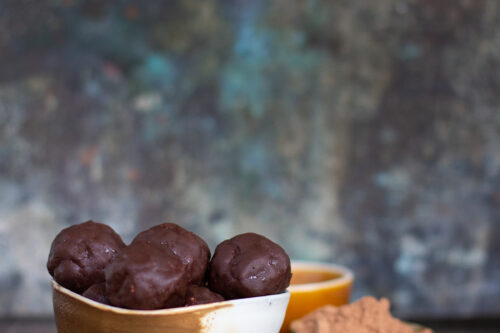

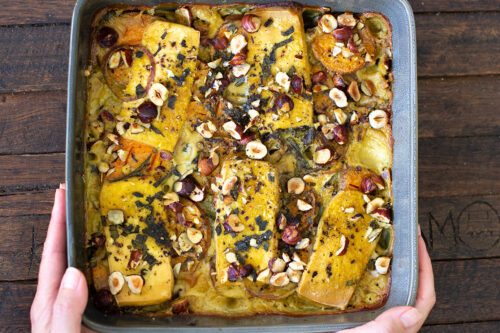
Do you need to use slippery elm and why? Can I substitute it with something else? Thanks.
Hi Alene, the slippery elm really helps hold the batter together (have a read of the blog post and it tells you all the details as to why). You can use psyllium instead and it will work, but not as great as slippery elm. xo
I did use psyllium instead, and it worked! It’s crunchy and has an interesting flavor. I will make it again but will try it with something mixed in, as you suggested. My husband was not interested, but no surprise there. It’s a perfect accompaniment to a salad for lunch. Thanks!
I did use psyllium instead, and it worked! Thank you for your quick response. It’s crunchy and has an interesting flavor. I will make it again but will try it with something mixed in, as you suggested. My husband was not interested, but no surprise there. It’s a perfect accompaniment to a salad for lunch. Thanks!
Thats great news Alene! Definitely give it a go with the other flavours too. ps. My husband isn’t interested either! 😉
My millet flat bread is alway crumbliy never get it to stay in one piece, what am i doing wrong
Hmmm, not good to hear! What is the consistency like before you add it to the pan? It should be holding together in a ‘snotty’ slippery ball. 😉 What type of millet flour are you using too?
I had the same issue with my first one, but my second one improved. The second one, I did half the batter, thinned it down much more successfully, and ignored the bread for a couple minutes until it was curling up at the sides. Then it flipped like a charm. Previously, I was trying to flip it as soon as it bubbled through (like a pancake). Resist the temptation to flip early. That being said the second one did act kinda delicate but it didn’t fall apart like the first one. Not for heavy toppings. Does fine with butter and… Read more »
Sounds like you have it nailed! Love it!
Tried this today and it turned out terrible. I had to add 3-4 more T of millet flour and it still did not thicken to a slippery ball. Stayed watery no matter how much more flour I added. Used Bobs Red mill millet flour….
Hi Joanne. The ratios are quite specific so I think adding more flour wouldn’t do the trick. Did you use the slippery elm or psyllium that some people use?